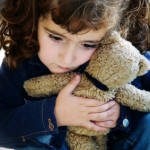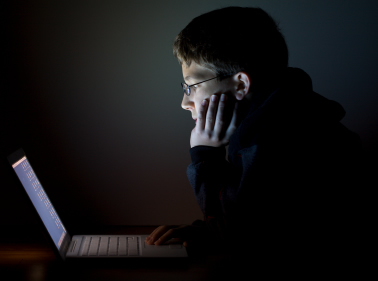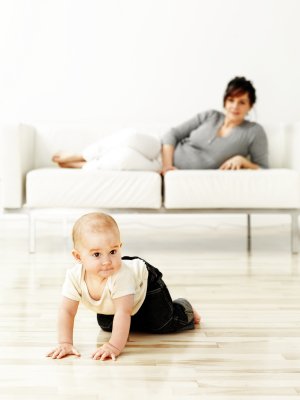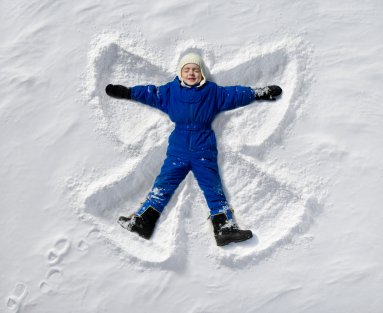Allowing children to stay at home alone is a difficult step for parents to take. It is almost a given that children will feel they’re grown-up and able to care for themselves well before they actually are. Here are a few things to look for and some preparations to make before your child stays home alone for the first time...
By Alan and Shonna Hammond
 Allowing children to stay at home alone is a difficult step for parents to take. It is almost a given that children will feel they’re grown-up and able to care for themselves well before they actually are. Whether for a short time or, as in the case of a latch-key child, for several hours, parents are nearly always initially fearful. Rightly so. The world in which children are now growing up is not the same as that of their parents. There are so many more dangers that now seem to be present. In order that both parents and children can know when children are ready for the responsibility of staying at home by themselves, at least for a little while, there are a few things to look for and some preparations to make.
Allowing children to stay at home alone is a difficult step for parents to take. It is almost a given that children will feel they’re grown-up and able to care for themselves well before they actually are. Whether for a short time or, as in the case of a latch-key child, for several hours, parents are nearly always initially fearful. Rightly so. The world in which children are now growing up is not the same as that of their parents. There are so many more dangers that now seem to be present. In order that both parents and children can know when children are ready for the responsibility of staying at home by themselves, at least for a little while, there are a few things to look for and some preparations to make.
Ensure your child is ready. Identify areas where safety is paramount and teach them the rules. The first that comes to mind are the rules for what a child should do after exiting the school bus. If you ask the child what she should do and you get an answer like “Go in and watch T.V.,” then you have some work to do in explaining what she should do and why. If you have a trusted neighbor, have the child report in with that person upon arrival at home. After checking in with the neighbor, and if the neighbor is away, have the child call you once inside the home. Before entering the home, the child should learn to look for signs indicating whether someone has forced their way inside. Are any doors ajar or appear to have been tampered with? Do any windows or screens seem to have been broken or ripped? Begin to develop their ability to carry a house key with them during the day, because if it is left under a doormat or some other place at home, would-be intruders could be in your home without having left any outward signs.
Another place where the potential for serious consequences is present, is in the kitchen; namely, with kitchen appliances. Knowing how to follow safety rules when using the stove-top, oven, microwave, garbage disposal, trash compactor, toaster, etc., can prevent accidents ranging from burns to fires. Children must be able to demonstrate safety with appliances or, at least, the responsibility of following your orders not to use any or all of them.
Another safety concern is how a child will react when things go wrong. Will he think clearly and make good decisions or will he panic? A good way to determine how a child will react in an unexpected emergency is to conduct test runs or drills. It won’t be a “real” emergency, with “real” reactions, but the child will become more prepared because of it. If nothing else, it will let the child know that dangers are present and accidents will happen. That knowledge may prove to be indispensable.
Along those same lines is ensuring children know who to call in case of emergency. Their first instinct in an emergency may be to call the parent or guardian, but that might not always be the best decision. Children should learn emergency contact numbers, such as local police and the fire department, as well as proper 9-1-1 procedures. Children who are ready to stay by themselves will also be able to provide clear and accurate directions to their home, know their address and telephone number and explain the nature of the problems.
These are merely a sampling of common things to consider before leaving a child at home alone. Teach them proper safety rules for every situation you can imagine. Put them to the test and be certain they know and can follow the rules. The ability to begin caring for themselves is an important step in a child’s development, but as always, they need proper adult guidance.
Biography
Alan Hammond is a criminal justice professional, writer and former educator. Shonna Hammond is a nationally certified teacher, writer and consultant. They can be reached in care of this publication or at ashwriting@insightbb.com.
No part of this article may be copied or reproduced in any form without the express permission of More4Kids Inc © 2008 All Rights Reserved
 Allowing children to stay at home alone is a difficult step for parents to take. It is almost a given that children will feel they’re grown-up and able to care for themselves well before they actually are. Whether for a short time or, as in the case of a latch-key child, for several hours, parents are nearly always initially fearful. Rightly so. The world in which children are now growing up is not the same as that of their parents. There are so many more dangers that now seem to be present. In order that both parents and children can know when children are ready for the responsibility of staying at home by themselves, at least for a little while, there are a few things to look for and some preparations to make.
Allowing children to stay at home alone is a difficult step for parents to take. It is almost a given that children will feel they’re grown-up and able to care for themselves well before they actually are. Whether for a short time or, as in the case of a latch-key child, for several hours, parents are nearly always initially fearful. Rightly so. The world in which children are now growing up is not the same as that of their parents. There are so many more dangers that now seem to be present. In order that both parents and children can know when children are ready for the responsibility of staying at home by themselves, at least for a little while, there are a few things to look for and some preparations to make.









Add Comment